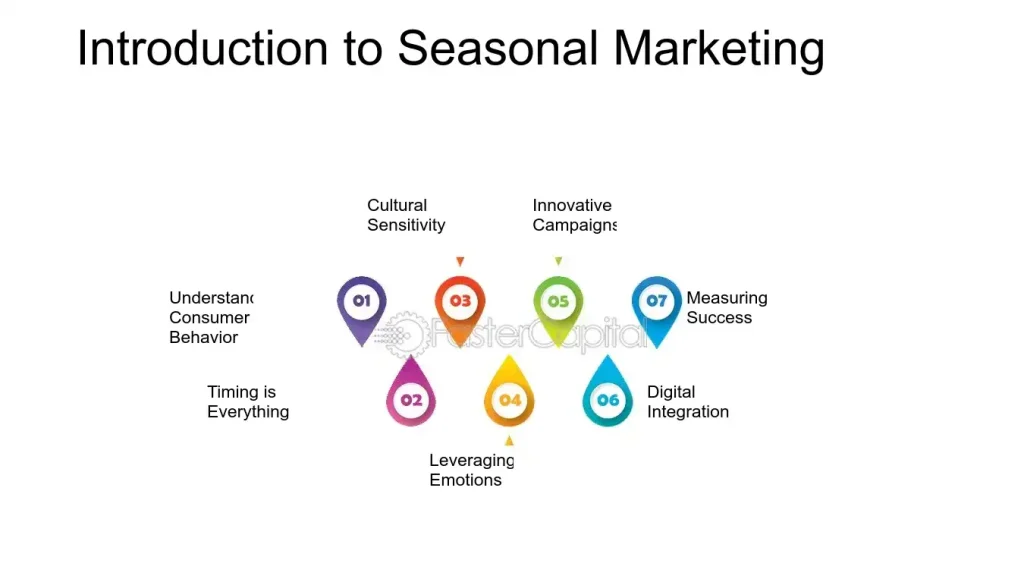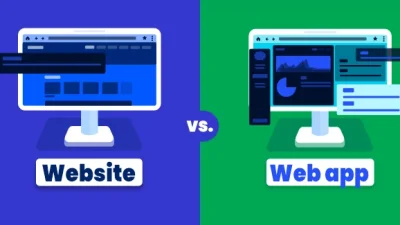Introduction
Create a Digital Marketing Strategy for Seasonal Campaigns – golden opportunity for brands to connect with audiences when they’re most receptive. Whether it’s Diwali, Christmas, summer sales, or back-to-school season, these moments offer heightened consumer interest and spending. But to truly capitalize on them, businesses need a well-crafted digital marketing strategy that’s timely, targeted, and emotionally resonant.
This blog walks you through the essential steps to create a winning seasonal digital marketing strategy—from planning and content creation to execution and post-campaign analysis.
1. Understand the Seasonal Landscape
Before diving into tactics, it’s crucial to understand the seasonal context:
- Identify key seasons relevant to your industry (e.g., fashion brands focus on summer/winter collections; food brands on festive seasons).
- Analyze consumer behavior during these periods—what they search for, buy, and engage with.
- Review past performance of seasonal campaigns to identify what worked and what didn’t.
Use tools like Google Trends, Meta Audience Insights, and internal analytics to gather data.
2. Set Clear Goals and KPIs
Every campaign should begin with clear objectives. Common seasonal campaign goals include:
- Boosting sales
- Increasing website traffic
- Growing email subscribers
- Enhancing brand awareness
- Promoting a new product or offer
Define KPIs such as:
- Conversion rate
- Cost per acquisition (CPA)
- Click-through rate (CTR)
- Engagement rate
- Return on ad spend (ROAS)
3. Segment and Target Your Audience
Seasonal campaigns perform best when they’re personalized. Segment your audience based on:
- Demographics (age, location, gender)
- Behavior (past purchases, browsing history)
- Psychographics (interests, values)
- Lifecycle stage (new vs. returning customers)
Use CRM data, email lists, and ad platform targeting tools to tailor messaging and offers.

4. Craft a Compelling Seasonal Message
Your messaging should reflect the spirit of the season while aligning with your brand. Tips:
- Tap into emotions—joy, nostalgia, generosity, urgency
- Use seasonal language and visuals—colors, icons, themes
- Highlight limited-time offers—“Only for Diwali!” or “Summer Sale Ends Soon!”
Ensure consistency across all channels—ads, emails, social media, and website.
5. Choose the Right Channels
Your strategy should be omnichannel but focused. Consider:
Search Engine Marketing (SEM)
- Bid on seasonal keywords
- Use ad extensions for promotions
Social Media Marketing
- Run countdowns, contests, and giveaways
- Use seasonal hashtags and reels
Email Marketing
- Send teaser campaigns and exclusive offers
- Segment lists for personalized messaging
Content Marketing
- Publish seasonal blog posts, gift guides, or how-to articles
- Create downloadable resources (e.g., checklists, calendars)
Influencer Marketing
- Partner with creators for seasonal product reviews or unboxings
6. Optimize Your Website and Landing Pages
Your website is the hub of your seasonal campaign. Make sure it’s:
- Visually aligned with the seasonal theme
- Fast and mobile-friendly
- Equipped with clear CTAs and easy navigation
- Integrated with tracking tools (Google Analytics, Meta Pixel)
Create dedicated landing pages for seasonal offers to improve conversion rates.

7. Leverage Behavioral Psychology
Use psychological triggers to boost performance:
- Scarcity: “Only 5 left in stock!”
- Urgency: “Offer ends in 24 hours!”
- Social proof: “Trending this season” or “Bestseller”
- Reciprocity: “Get a free gift with every purchase”
These tactics can significantly increase click-through and conversion rates.
8. Plan Your Campaign Timeline
Timing is everything. Break your campaign into phases:
- Pre-launch: Teasers, sneak peeks, early access
- Launch: Full rollout across channels
- Peak: Maximize ad spend and engagement
- Last chance: Final push with urgency messaging
- Post-campaign: Thank-you messages, feedback surveys, retargeting
Use a content calendar to schedule posts, emails, and ads.
9. Budget Allocation and Media Planning
Seasonal campaigns often require a flexible budget. Allocate funds based on:
- Channel performance history
- Audience size and targeting complexity
- Creative production needs
Consider boosting spend during peak days and using retargeting to maximize ROI.
10. Monitor, Analyze, and Optimize
Track performance in real-time and adjust as needed:
- Pause underperforming ads
- A/B test creatives and CTAs
- Shift budget to high-performing channels
Post-campaign, conduct a thorough analysis:
- What were the top-performing assets?
- Which audience segments converted best?
- What lessons can be applied to future campaigns?
Document insights for future seasonal planning.

11. Post-Campaign Engagement
Don’t let the momentum fade. After the campaign:
- Send thank-you emails or loyalty rewards
- Share behind-the-scenes content or campaign highlights
- Retarget engaged users with follow-up offers
This helps build long-term relationships and keeps your brand top-of-mind.
12. Case Study: A Successful Seasonal Campaign
Let’s look at a hypothetical example:
Brand: EcoGlow Skincare
Season: Winter Holidays
Goal: Increase holiday gift set sales by 30%
Strategy:
- Created a festive landing page with bundled offers
- Ran Instagram and YouTube influencer unboxings
- Sent segmented email campaigns with countdown timers
- Used retargeting ads for cart abandoners
Results:
- 42% increase in sales
- 18% growth in email subscribers
- 3.5x ROAS on paid ads
This shows how a cohesive, psychology-driven strategy can deliver strong seasonal results.
Conclusion
Seasonal campaigns are more than just timely promotions—they’re strategic opportunities to connect with your audience in meaningful ways. By understanding consumer behavior, crafting compelling messages, and executing across the right channels, you can turn seasonal spikes into sustainable growth.
Whether you’re planning for a festive sale or a summer launch, start early, stay agile, and always put your audience at the center of your strategy.





